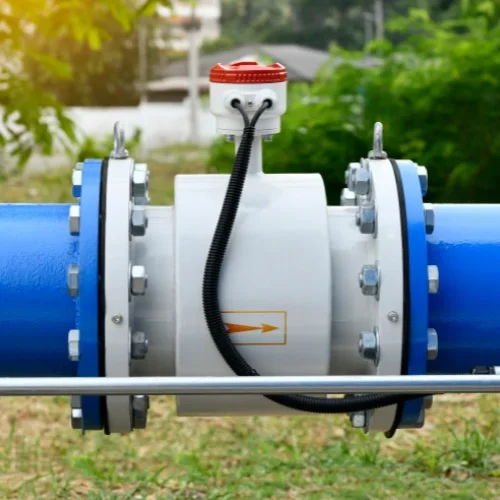Chemical Piping Stainless Steel Guide
The chemical industry operates in tough environments and faces major challenges, such as extreme temperatures, high pressures, and corrosive chemicals. Corrosion is particularly problematic in this industry because it can lead to equipment failure, costly downtime, and safety hazards.It is very important to choose the right material for chemical pipework. Stainless steel is the preferred material because it resists corrosion very well, is strong, and can be used in a wide range of chemical processes. Stainless steel piping is often used in petrochemical plants that handle corrosive hydrocarbons and fluids, in pharmaceutical processing to ensure drug production free of contaminants, and in water treatment facilities managing acidic and alkaline solutions in purification systems.

Things to consider when choosing a chemical piping material:
Choosing the right grade of stainless steel for chemical piping involves thinking about a few important things.First, you need to know if it can handle being around acids, alkalis, and solvents without rusting. It's also important to consider whether it can handle extreme temperatures and pressures. You want something that's strong and durable so it won't crack or wear down easily. It should be easy to weld, form, and machine. And you need to think about the initial cost compared to how long it'll last.The guide that was mentioned can tell you about the chemical compatibility of different materials. You can find it online.
The best types of stainless steel for use in chemical piping.
There are five stainless steel alloy materials: 316L, 316Ti, 904L, 2205 duplex stainless steel, and Alloy 20. Each material has key characteristics, chemical compatibility, maximum temperature resistance, and primary application areas.
Key highlights
316L: Key feature is molybdenum for enhanced resistance to chlorides; effective against sulfuric acid and chloride solutions; maximum temperature of 1500°F (815°C); used in pharmaceutical reactors and seawater cooling systems.
316Ti: Titanium stabilized for enhanced weld corrosion resistance; suitable for chlorinated hydrocarbons and nitric acid; maximum temperature 1600°F (871°C); used in chemical processing and heat exchangers.
904L: Has a high nickel and molybdenum content for extreme corrosion resistance; works very well in phosphoric and acetic acid environments; 1700°F (927°C) maximum; used in desalination plants and fertiliser production.
2205 duplex stainless steel: has a balanced mix of austenite and ferrite, which makes it strong and resistant to corrosion; works well in environments with chloride and in organic acids; can withstand temperatures up to 1600°F (871°C); used in offshore pipelines and in the pulp and paper industry.
Alloy 20: Copper and molybdenum elements protect against sulfuric acid; can handle sulfuric and hydrofluoric acids; 1500°F (815°C) maximum; used in petrochemical refining and battery production.
Choosing the right grade of stainless steel is important for making sure that chemical pipework is durable, safe, and affordable.This text describes different stainless steel grades and their uses. Some grades, like 316L and 316Ti, are used in pharmaceutical and seawater applications. Others, such as 904L and Alloy20. are best for highly acidic environments. 2205 duplex stainless steel is suitable for chloride-rich and offshore systems.
